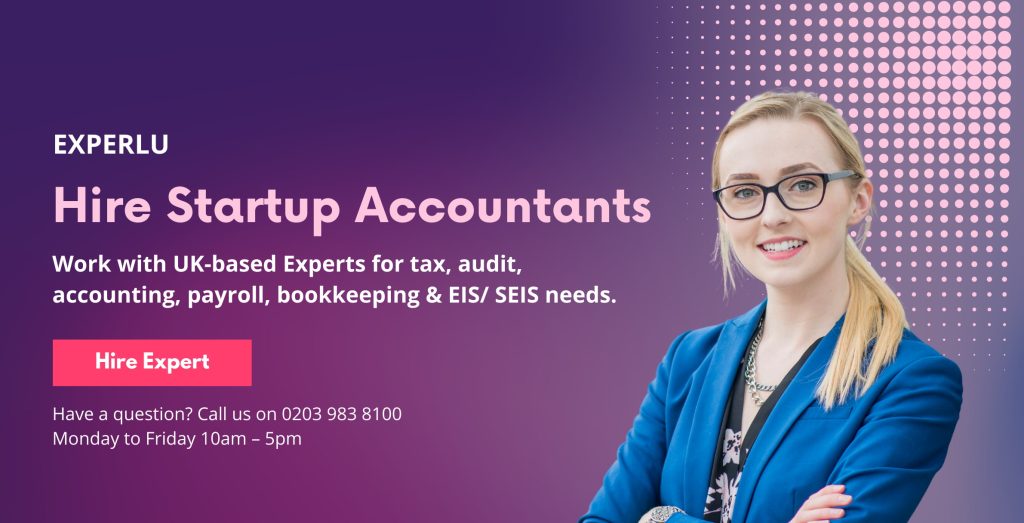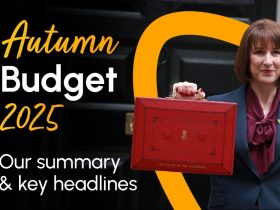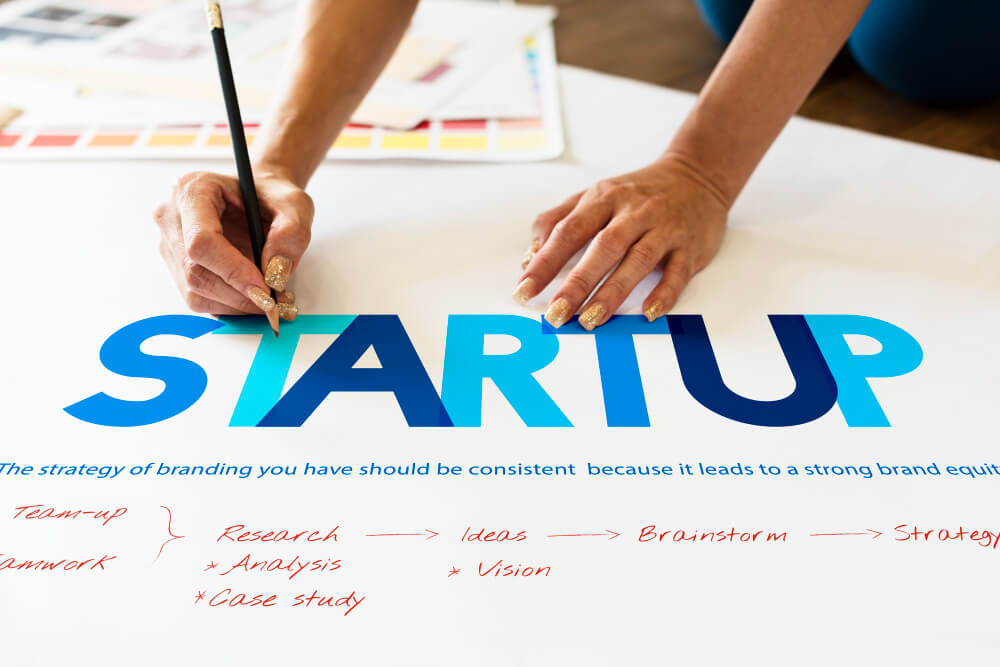With pitches turning to be a form of entertainment and tech press sensationalising funding announcements, fundraising has become a fetish in the startup world. However, you must always think if raising money is suitable for your business or not.
Fundraising is a time-consuming process that locks you in a cycle where raising money continues for business survival. However, you might have to dilute your ownership and lose control over your business.
But if you aim to build a high-growth startup handling a multi-million-dollar market, collaborating with the right investors is the best choice. Besides providing capital, they contribute business know-how, credibility and connections.
Before closing your first check, know what investors anticipate from you at each funding stage. You need to know when to employ the various investment vehicles and what the benefits and drawbacks are. Additionally, you should also have a good grasp of the jargon used during negotiations.
Here’s a startup cheat sheet for you.
Table of Content
Investment rounds
Early-stage investments are usually categorised into three stages: Pre-seed, Seed, and Series A.

● Pre-seed stage: At this stage, you must have created a prototype of your product and are now building your MVP (minimum viable product) but are willing to raise $50k to $500k at a low valuation of $1m to $2.5m and require 12 months to launch your MVP and test its market fit.
● Seed stage: During the seed stage, your product is introduced in the market and generates more than $50k revenue per month, but you’re willing to raise $750k to $3m at a low valuation of $3m to $10m and requires 18-24 months to add critical hires, test product-market-fit, and determine how to make consistent double-digit growth every month.
● Series A: You will be in the Series A category when you generate $100k-$200k revenue monthly and have a month-over-month growth of 10%-30%, and you might be ready to raise $4m-$15m at a low valuation at $15m to $50m.
These definitions refer to the rules of thumb that have been changing significantly every year.
Investment instruments
With those financial benchmarks, let’s examine the available investment tools and discuss when to employ each one.
Equity round
In the equity round, you and your investors agree on the company valuation and issue new shares to those investors. It usually involves multiple negotiating terms like liquidation preferences, anti-dilution rights, etc.
For most companies, it is a complicated, time-consuming and expensive method and is generally reserved for Series A rounds.
Basic terms used in the Equity round are listed below:
● Round size: It is the total amount of money you’re lookig to raise in each round. For example, you are raising $1 million in seed rounds, which means your round size is $1 million.
● Valuation: It is the agreed-upon company’s value at a specific time. Valuation of your company is mainly used by founders and investors to determine the investor’s ownership and the founder’s dilution.
● Dilution: When shares are offered to new shareholders, shares owned by the existing shareholding % or ownership is reduced than before, and this is known as dilution.
Convertible notes
Convertible notes are the best investment instruments for pre-seed and seed-stage businesses aiming to convert into equity at series A. They are the debt instrument that converts into equity in future equity rounds.
They use a value cap and a discount rate to determine how many shares the investor will receive when the note converts into equity instead of establishing an explicit evaluation. However, a convertible note, being a loan, has a maturity date and an interest rate.
The standard terms used in convertible notes are:
● Maturity date: It is the date when the company needs to pay back the loan, which is usually 2 years.
● Interest rate: Convertible notes usually accrue interest as a debt instrument, measuring 5%-7% in common.
● Cap: It is the maximum valuation at which the capital of an investor converts into equity.
● Discount: Discount rate is applicable on valuation below the specified cap in a subsequent equity round.
SAFE
Like a convertible note, a Simple Agreement for Future Equity features a valuation cap and discount but is not a loan. Therefore, it doesn’t have a maturity date or interest rate.
It is one of the most popular among investors and founders.
The two terms used in SAFE to negotiate with investors are:
● Cap: It is the maximum company valuation at which your investor’s capital will convert into equity.
● Discount: The discount rate is applicable on a valuation that is below the specified cap in the subsequent equity rounds, which is typically 20%.
Understanding Cap and Discount
We have previously discussed cap and discount in convertible notes and SAFE, but to understand them completely, let’s take an example.
A invests $1m in your startup on a convertible note with a $5 million cap and 20% discount. Let’s see how it works in the up-and-down rounds.
● Up-round: If in future you were to raise an equity round at a $10 million valuation, the convertible note holder’s $1m investment converts at a $5m valuation.
● Down-round: If you raise an equity round at a $4m valuation below the cap, a 20% discount is levied where the note holder’s $1m investment converts at a $3.2m valuation.
Parting Tips
No matter what investment instrument you use for closing your first investor, following specific rules, submitting the correct paperwork, and maintaining your affairs in order is essential. However, you must keep three things in mind.
● It is highly recommended that you raise money from accredited investors. They must have a net worth of over $1m, excluding their primary residence, or make over $200,000 alone or $300,000 with their spouse yearly.
● You must not forget to file with Companies House if raising in the UK or SEC if the US. In UK, there are no filing requirements at safe note stage however when you issue shares, you must file return of allotment, a confirmation statement and must issue new shares to investors. If your company is SEIS/ EIS registered, then additional filing requirements apply.
If USA, remember to file Form D with the SEC when raising capital through equity rounds or any other investment instruments. The deadline for filing the form with the SEC is 15 days after the first investment.
● Entrepreneurs should intentionally manage their capitalisation table that gives a complete view of who owns what in the company, including founder shares, investments and grant options to employees. Businesses can make informed decisions by having all these details in one place.

Final thoughts!
By now, you must have understood what an investor expects at the startup’s pre-seed, seed, and series A levels.
In addition, you now know the common investment instruments and their key terms. This will help you to close your first investor smoothly.
You must search for expert advice and early financial backers to support your business and let it flourish in a smaller time frame.











